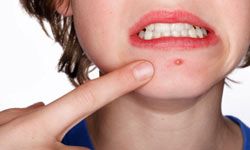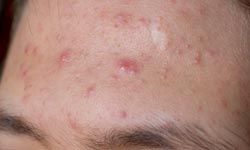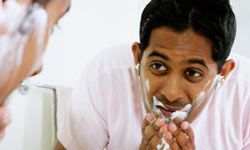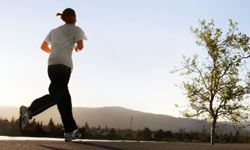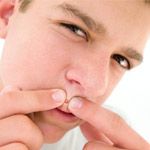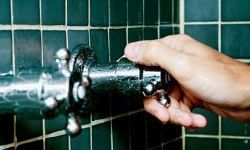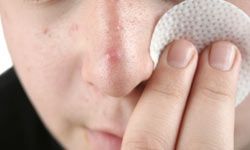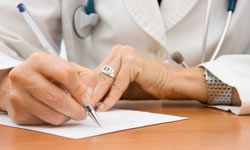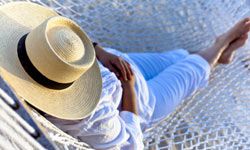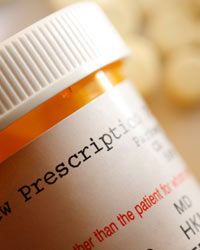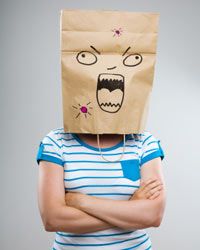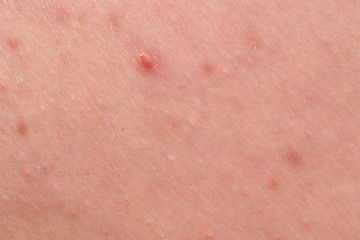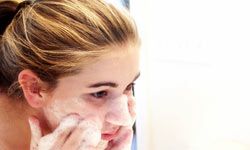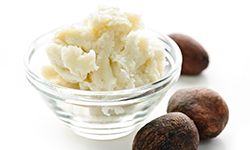Your skin is your largest organ, and it does a lot more than simply prevent you from spilling out all over the place. Skin cells are constantly replacing themselves, making a journey from the inner edge of your epidermis (your skin's outermost layer) to the outside of your skin. As a skin cell ages and approaches the skin's surface, the dying cell flattens out. Once on the surface, it joins countless other dead skin cells and forms a protective layer that helps protect you from bacteria and viruses.
Inside your hair follicles, there are small glands producing oil called sebum. This oil mixes with skin cells in the follicle and joins them on the journey outward. But when there's too much sebum, too many dead skin cells or something on the surface that blocks their exit from the follicle, a blockage can occur. Bacteria joins the party, and the result is acne vulgaris, the most common form of acne.
Advertisement
While acne usually affects teenagers and 20somethings the most, anyone of any age can get acne, even babies. Our instinctual response -- picking at it, rubbing it and canceling our social engagements -- doesn't help in the least, but fortunately, there are some treatments available that can.
So what can we do to get rid of acne? Let's talk more that instinctual response next.
